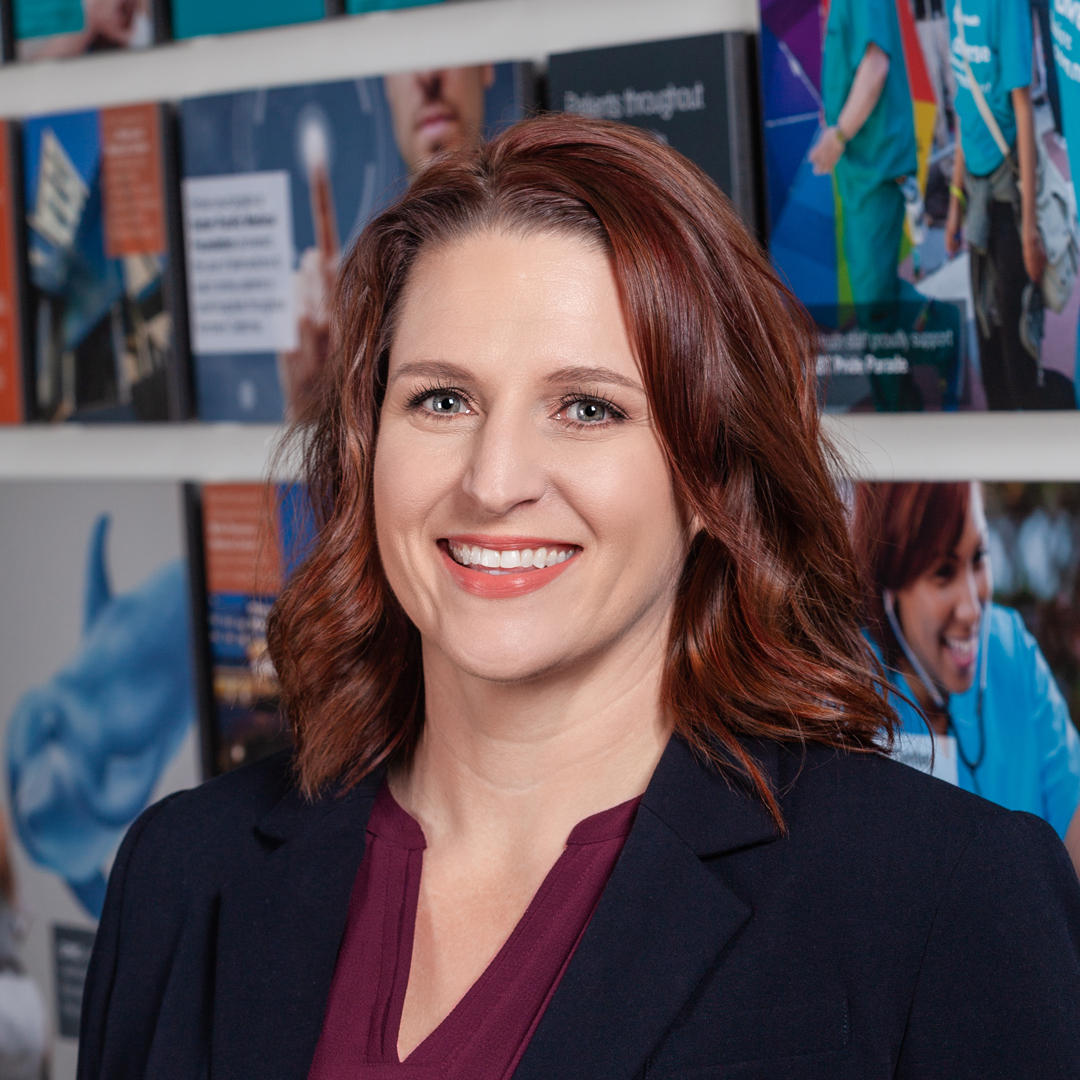When Kristin Myers began work on an electronic health system selection for one of Mount Sinai Health System’s ambulatory care clinics back in 2005, she had no idea she was embarking on a system-wide Epic implementation program. Ultimately, the project would transform the Mount Sinai Health System and her career. But then, Myers has always been open to opportunity and change.
After completing a dual degree in law and technology, she began working for Cerner Corporation, a healthcare IT vendor. “Being a vendor is very different from the next role I had consulting for Ernst & Young,” says Myers. “That experience is very different from working at a health system. However, all the experiences before I joined Mount Sinai laid a foundation that has helped me succeed and grow in my career.”
As senior vice president for technology, Myers oversees application strategy, the clinical portfolio, as well the programs to support and transform operations that advance Mount Sinai’s mission as an academic medical center. As her flagship program, the Epic Implementation is an effort to have one integrated EHR system across all of Mount Sinai’s hospitals and locations to improve patient care while also supporting the health system’s research and education functions. “Being able to support all three aspects of our mission has been unique as an academic medical center,” says Myers.
Following the initial ambulatory care update, Mount Sinai set out to upgrade its clinical workflow in its New York teaching hospital, replacing the paper charts and an aging mainframe system called TDS. In 2010, the majority of the clinical departments had been converted over to the EMR platform. What they didn’t plan for was the growth Mount Sinai would experience in the coming years.
“We started off as a two-hospital system; we are now seven hospitals with more than seven thousand primary and specialty care physicians,” explains Myers. Following Mount Sinai’s merger with Continuum in 2013, the organization is one of the largest employers in New York City, with about thirty thousand staff.
The scale isn’t the only thing that’s evolved. While the intent behind the program was to enable better clinical practice, improving safety, quality, and efficiency, the Epic system has now become a platform for innovation, Myers says.
She and her team are looking at API development and opportunities to utilize the data they collect to develop applications on top of the platform. Thanks to the Epic implementation and the data scientists that collaborate with the team, clinicians are using predictive analytics to predict whether a patient will become septic, among other health risks.
“Being able to provide that data at the point of care to this physician, where they can identify septic patients early, before their conditions worsen so they can take action on it—has been a huge improvement to patient safety and reducing morbidity,” says Myers.
The system is also helping Mount Sinai improve patient experience by reducing readmissions and streamlining workflows. “From the time that the patient enters the facility, operations can track the steps of the patient’s workflow,” Myers explains.
This allows operations to understand where there might be bottlenecks and where there are opportunities to improve efficiencies. They also now offer scheduled telehealth visits and other digital innovations that patients have come to expect from healthcare because of the prevalence of technology in their day-to-day lives, and Mount Sinai is implementing a Salesforce CRM platform to better personalize patient communication.
A major component of the project has been change management, and Myers’s team has taken care to tailor their implementation approach to the individual sites and stakeholders, which also include more than forty-five major ambulatory care centers throughout the five boroughs of New York City, Westchester, and Long Island.
“You really need people to be engaged and to support the transformation, because they are challenging and everyone’s daily life is changing. That extra degree of attention and focus on what the impact is going to be to individual institutions is very important.”
Myers has also worked hard to keep her team informed and motivated throughout the process by starting a mentoring program within the technology department and encouraging her team to be continuous learners.
That mind-set is in line with how Myers thinks about the project overall. Even though the completion is scheduled for 2020, “we’re not really ever done,” she says. “Even when the implementation is completed, the platform needs to continuously evolve and be optimized to keep up with innovation.”
Keeping the Door Open
Kristin Myers was one of only two women in her technology course in college, but that didn’t stop her from making it her chosen path.
“Women should be relentless in their career objectives and feel empowered to speak up and own their career,” she says.
Myers grew more aware of the gender disparity in technology, and of gender dynamics in general, as she matured and advanced in her career. That’s led her to take an active role in developing younger leaders.
“Women in technology or in leadership, we have a responsibility to give back—to coach and mentor, and take opportunities where we can to ensure that there are other women who can participate in the discussion, to get a diversity of opinions,” she says. “That’s how you make the best decisions.”

